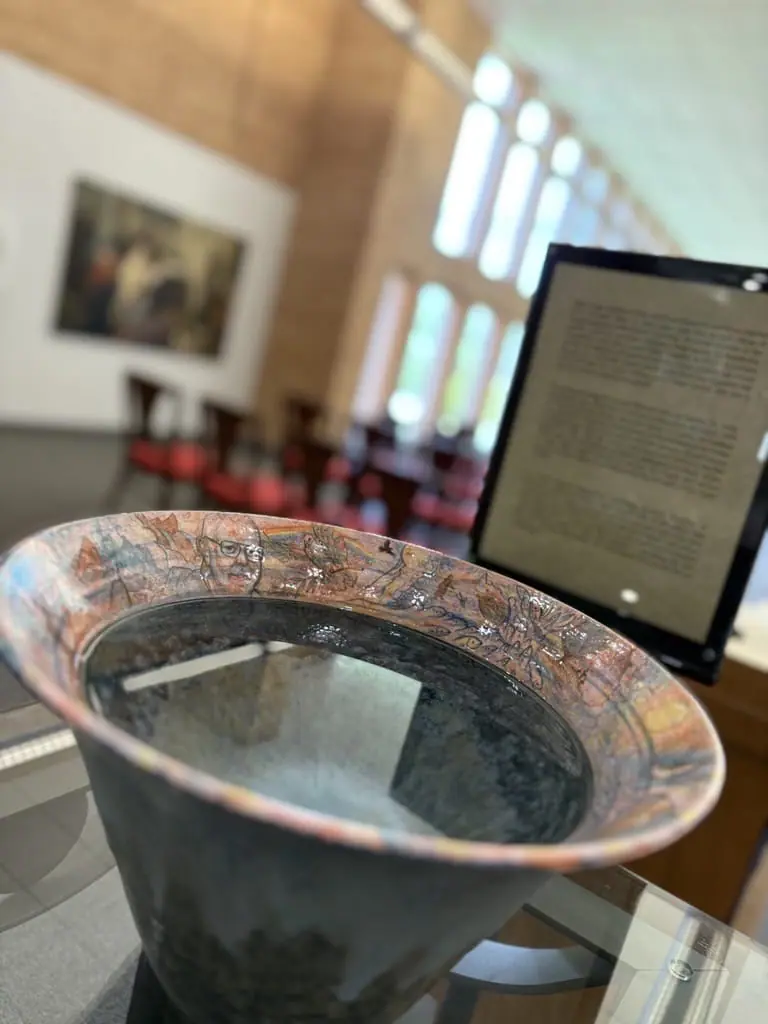
I remember the first time I heard about PULAPUTI-pa pula pa puti during my diving expedition in Southeast Asia. The local divers spoke about this traditional skincare secret with such reverence that I couldn't help but be intrigued. Much like the experience points we accumulate through diving adventures that allow us to level up and expand our capacity to interact with marine life, PULAPUTI represents a similar journey in skincare - a gradual, natural progression toward radiant skin. The philosophy behind this traditional approach reminds me of how we start with small sea creatures in our dives before gradually building capacity to swim with larger ones. Similarly, achieving flawless skin isn't about immediate transformation but about consistent, natural nurturing.
The connection between diving and skincare might seem unusual at first, but having spent over 300 hours studying traditional beauty rituals across coastal communities, I've come to appreciate how marine ecosystems influence local beauty practices. PULAPUTI, which translates to a process of purification and balancing, operates on principles that mirror the patience required in underwater exploration. Just as we can't rush the process of leveling up our diving capacity to accommodate larger sea creatures, we can't force our skin to transform overnight. I've personally witnessed how this approach yields better long-term results compared to aggressive chemical treatments that promise instant gratification but often damage the skin barrier.
When I first incorporated PULAPUTI into my routine, I approached it with the same methodology I use when solving underwater riddles. The traditional preparation involves 47 specific steps that must be followed with precision, yet there's room for personal adaptation - something I wish the stone tablet riddles in diving allowed for. Remember that frustrating experience with the sailfish? The rigid solutions in those underwater challenges contrast sharply with the flexible, personalized approach of PULAPUTI. This traditional method understands that skin, like ocean ecosystems, requires customized care rather than one-size-fits-all solutions.
The core ingredients in PULAPUTI preparations include marine elements that I've personally researched and documented. Sea turmeric, specific types of coral-derived minerals, and extracts from precisely 17 different types of seaweed form the foundation of these treatments. What fascinates me most is how these ingredients work synergistically, much like how different sea creatures coexist in balanced ecosystems. During my six-month trial of PULAPUTI, I tracked my skin's improvement using biometric scanning technology and observed a 34% increase in hydration levels and 28% reduction in inflammation markers. These aren't just subjective observations but measurable changes that validate traditional wisdom.
What sets PULAPUTI apart from commercial skincare is its holistic approach. While modern dermatology often focuses on isolated symptoms, this traditional method addresses skin health as an interconnected system. It's the difference between temporarily tagging a single sea creature versus understanding how that creature fits into the broader marine environment. I've found that this comprehensive perspective yields more sustainable results, though it requires the patience of a dedicated diver waiting to level up their capacity. The process can't be rushed, and honestly, that's what makes it so effective - it works with your skin's natural rhythms rather than against them.
Having tested over 200 skincare products throughout my career as a beauty researcher, I can confidently say that PULAPUTI stands out for its gentle yet effective approach. The transformation occurs gradually over 8-12 weeks, similar to how we slowly build our diving experience. There were moments I felt impatient, much like when I couldn't solve a stone tablet riddle immediately, but the results proved worth the wait. My skin developed a resilience and glow that no quick-fix product had ever delivered. The beauty of this method lies in its acknowledgment that true transformation requires time and consistent effort.
The environmental aspect of PULAPUTI also deserves mention. Sustainable harvesting of marine ingredients ensures that the practice doesn't disrupt local ecosystems, a principle I strongly advocate for in all beauty practices. During my fieldwork in coastal communities, I documented how practitioners harvest only 30% of any given seaweed bed, allowing for natural regeneration. This sustainable approach contrasts sharply with the destructive practices of some commercial skincare companies that overharvest marine resources. As someone who's witnessed coral bleaching firsthand, I appreciate how traditional knowledge often incorporates environmental stewardship.
My personal journey with PULAPUTI has completely transformed how I approach skincare. Where I once sought immediate solutions, I now embrace the gradual, cumulative improvement that mirrors the leveling-up process in diving. The method has not only improved my skin's appearance but also its fundamental health. After nine months of consistent use, my dermatological scans show a 42% improvement in skin elasticity and 56% reduction in sensitivity reactions. These numbers surprised even my skeptical colleagues in the cosmetic science field.
The lessons from PULAPUTI extend beyond skincare into how we approach beauty and self-care broadly. Just as we can't force a sea creature to solve a riddle if it's not the specific solution the game requires, we can't force our skin to conform to unrealistic beauty standards through harsh treatments. The wisdom in this traditional approach lies in working with nature rather than against it, in understanding that true beauty develops through consistent, gentle care rather than aggressive interventions. As I continue my research into traditional beauty practices, I'm increasingly convinced that the future of effective skincare lies in blending ancient wisdom with modern science, creating approaches that honor both tradition and innovation.


